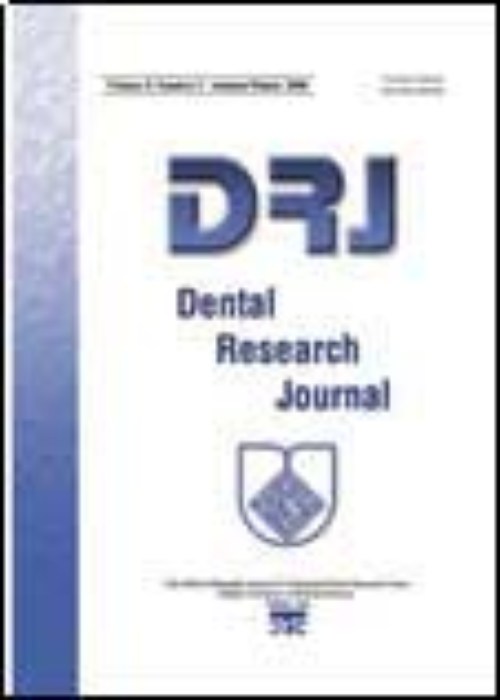Effect of cavity design and material type on fracture resistance and failure pattern of molars restored by computer‑aided design/ computer‑aided manufacturing inlays/onlays
The maximum conservation of tooth structure and the use of restorative materials with elastic modulus close to the dental structure may promote greater longevity of the tooth/restoration complex. This study was conducted to evaluate the effect of cavity design and material type on fracture resistance and failure pattern of molars restored by computer‑aided design/computer‑aided manufacturing (CAD/CAM) inlays/onlays.
In this in vitro study, 55 human maxillary molars were embedded in resin blocks and divided into control group (CG) and five main groups: Group 1: Inlay, Group 2: Conventional onlay/mesiobuccal (MB), Group 3: Conservative onlay/MB, Group 4: Conventional onlay/MB and distobuccal (DB), and Group 5: Conservative onlay/MB and DB. Then, each group was divided into two subgroups: (A) CeraSmart (CS) and (B) Katana Zirconia (KZ). Restorations were cemented by RelyX Ultimate and then thermocycled. The universal testing machine was used to measure fracture loads. Failure was determined using a magnifying lens. Data were statistically analyzed using ANOVA followed by Tukey’s post hoc test (P < 0.05).
Group 5 showed the highest significant fracture load, whereas the least significant value was recorded in Group 2. KZ recorded higher significant fracture loads than CS in all tested groups. Groups 1, 2, and 3 restored by CS showed lower fracture load than CG, but the difference was insignificant with Group 1. CS restorations showed restorable failure, while unrestorable pattern was predominant in KZ restorations (P < 0.05).
KZ inlays and onlays can be used safely in terms of fracture resistance as both have values exceed the physiologic requirements. CS inlays and onlays/MB and DB are of fracture resistance comparable to intact teeth. The use of conservative onlay design with more cusp coverage guarantees better resistance of CS restorations. Being force absorbing material, the predominant failure of teeth restored by CS was restorable.
- حق عضویت دریافتی صرف حمایت از نشریات عضو و نگهداری، تکمیل و توسعه مگیران میشود.
- پرداخت حق اشتراک و دانلود مقالات اجازه بازنشر آن در سایر رسانههای چاپی و دیجیتال را به کاربر نمیدهد.


